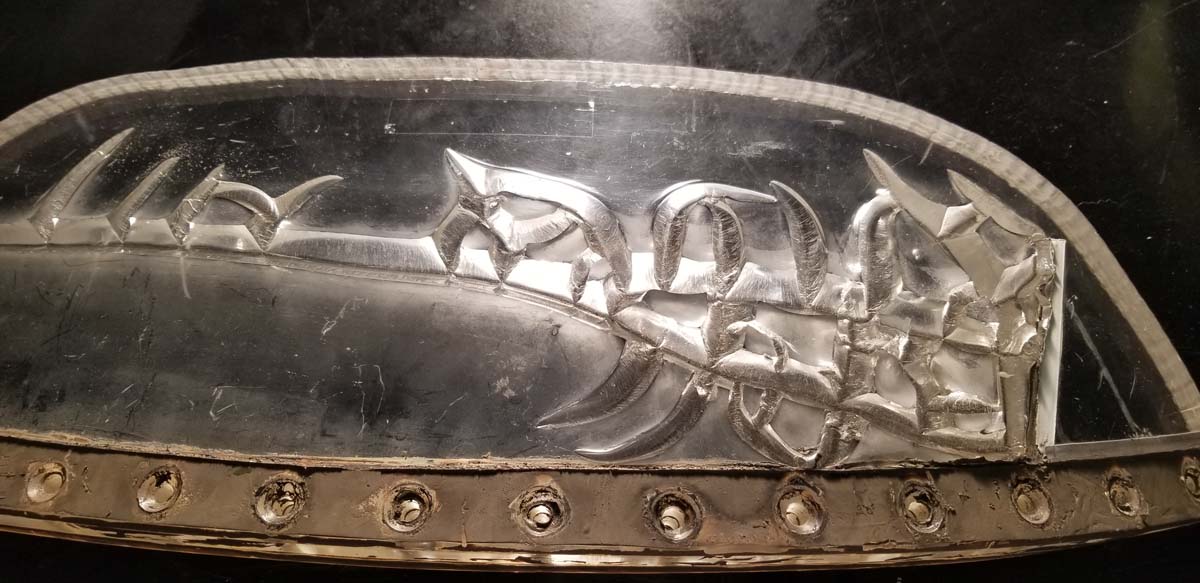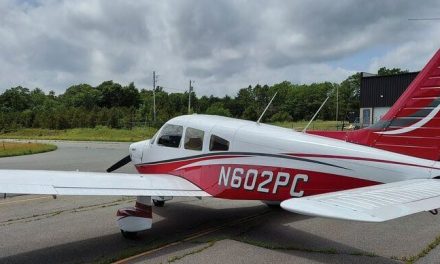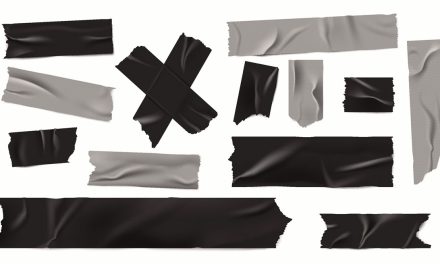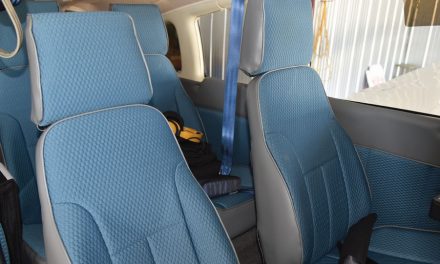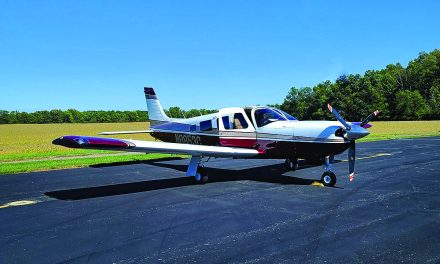For more than 40 years, Aircraft Window Repairs in Torrance, California, has been providing a service that few companies in the country do: repairing cracked, scratched, damaged windows for pressurized aircraft.
Before starting the company, founder Bob Cupery was the director of maintenance for the Northrup Corporation working on the then brand-new Gulfstream. He was asked to replace the windows on the airplane, which sparked a chain of events that ultimately led to the creation of his business.
“Being director of maintenance, the boss, who was an Air Force One pilot for President Johnson, said the windows look bad — replace them,” Bob said. “I thought … that’s a lot of money. There goes my budget.”
Bob asked if he could take the damaged windows home and the boss said yes, so he set up shop in his garage.
“I worked on different processes and polished them up, found a way to measure the thickness of them, and brought them back to show him,” Bob said. “He said, ‘Yeah they look great, put them back in the airplane.’ So, then he told all of his buddies, hey you don’t have to replace your windows anymore, Bob can fix them. So, I was working in my garage till midnight, 1 o’clock in the morning. My kids were going to sleep hearing the sanders going in my garage.”
Bob continued to work for Northrup while repairing windows at night in his garage for a couple of years until he decided he couldn’t continue in that way. So, he quit his job at Northrup and began expanding his window repair business.
“I wrote the manual for repairing aircraft windows and I was the first FAA certified repair station for windows anywhere,” Bob said. “The FAA wouldn’t certify my garage, so I had to rent a space in a warehouse. … It was enough for the FAA to stamp my approval and I was in business. That corner lasted less than a year and I had to go and buy an industrial property. That property also lasted less than a year because we had so many windows. We had somewhere between 25-30 employees working 24 hours a day — three shifts.”
Bob and his team were repairing windows from all over the country and Bob was also sharing his knowledge with the aircraft maintenance community.
“I did about 30-40 different classes on windows at PAMA (Professional Aviation Maintenance Association), he said. “I went to PAMAs all over the country and did a presentation to look at windows not just through them. And that saved a lot of people. After I got into the business, there were hardly any more blow outs or depressurizations. So, it worked. I got people looking at their windows.”
These days, there are more shops that offer window repair services, but Bob warns owners to be wary of who they choose to work with because the repair process is something of an art form.
“You just have to be extremely careful in doing the grinding,” he said. “If you grind enough to take the damage out, but you’re not even on the window, it’ll be totally distorted and not acceptable. I’ve had people who want to polish windows and had to let them go because they didn’t have an artistic capability. You almost have to feel what you’re doing to make sure you’re bringing it down evenly. … I had a Citation owner come up one time and he said he wanted to polish his windows. … He said your prices are way too high. I can get it done for half of that price. So, we canceled. … His pilot called back and said can you do something because I got about a 20-foot wave down the runway when I’m landing. So, we looked at it and this thing was uneven all over so then the guy had to buy another windshield and he sent it to us to refinish it before he put it in his airplane. So, he just spent double. You just have to be really careful in polishing windows. Not everybody can do it.”
With over four decades of service, Aircraft Window Repairs has gained a reputation of providing professional results.
“I just can’t thank Aircraft Window Repairs enough for being there for us in our time of need,” said Matt Stuart of Bombardier Business Aircraft. “On a Thursday afternoon and a possible AOG situation with a Monday flight, we had an inspection and quote by Friday afternoon and our aircraft was repaired by Saturday afternoon. Their professionalism and quality are second to none and we were on budget and easily made our scheduled flight on Monday morning.”
The principal of creating products and services that extend the life of parts that are often considered for replacement is apparent in another division of Aircraft Window Repairs’ business: navigation light lenses.
“I had a Gulfstream wingtip lens that was in need of replacement and they were able to help me out,” said Gulfstream technician Dan Parker. “I packaged the wing tip and sent it to their facility and got it back ahead of schedule and right on the figure they quoted. Once the principal saw how good the finished product was, he had the other wing and the landing light lenses done as well.”
Bob said that the hardcoating formula was made by his uncle who was a chemist for DuPont and that once applied, the coating prevents the lenses from becoming too opaque to allow light through thus preventing the need for replacement. The company also services de-ice strips for a variety of Cessna models including inspections, surface repairs, and electrical repairs.
Bob explained that the company only performs window repairs on pressurized aircraft because it’s typically not cost effective for nonpressurized aircraft to repair rather than replace their windows. But, over the years, the business has expanded to help owners of smaller, nonpressurized aircraft look at their windows as well.
“We sell a prism kit to inspect the edges of the window where you can’t see it because it’s under metal,” Bob explained. “You put the prism on there and you can check all the bolts all the way around the windows.”
This can be especially helpful in checking for damage after work has been done in the vicinity of the windows. Bob shared the story of the second airplane he repaired windows on, a Cessna 421 that belonged to a neighbor.
“He got his airplane repainted and he got paint stripper underneath the metal on the windows and it was eating the windows,” Bob said. “So, we took the metal strips off and then we killed the stuff that was going on in his windows.”
He also said that he’s seen instances where paint shops trimmed the protective paper too close to the window and left razor cuts in the edge, which can lead to cracks.
Aircraft Window Repairs President Kathi Cupery said they recently had a client who was preparing to buy new windows but used a prism to check them first and found that they didn’t actually need replacing, saving him the time and expense of replacement.

